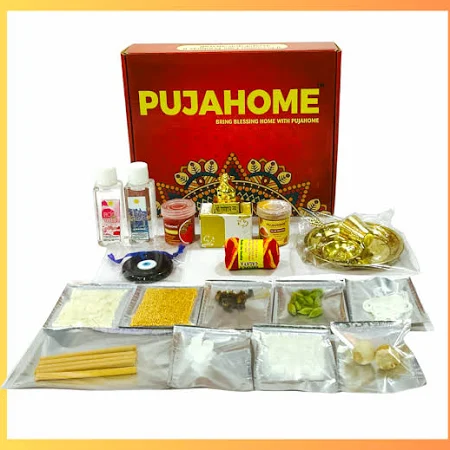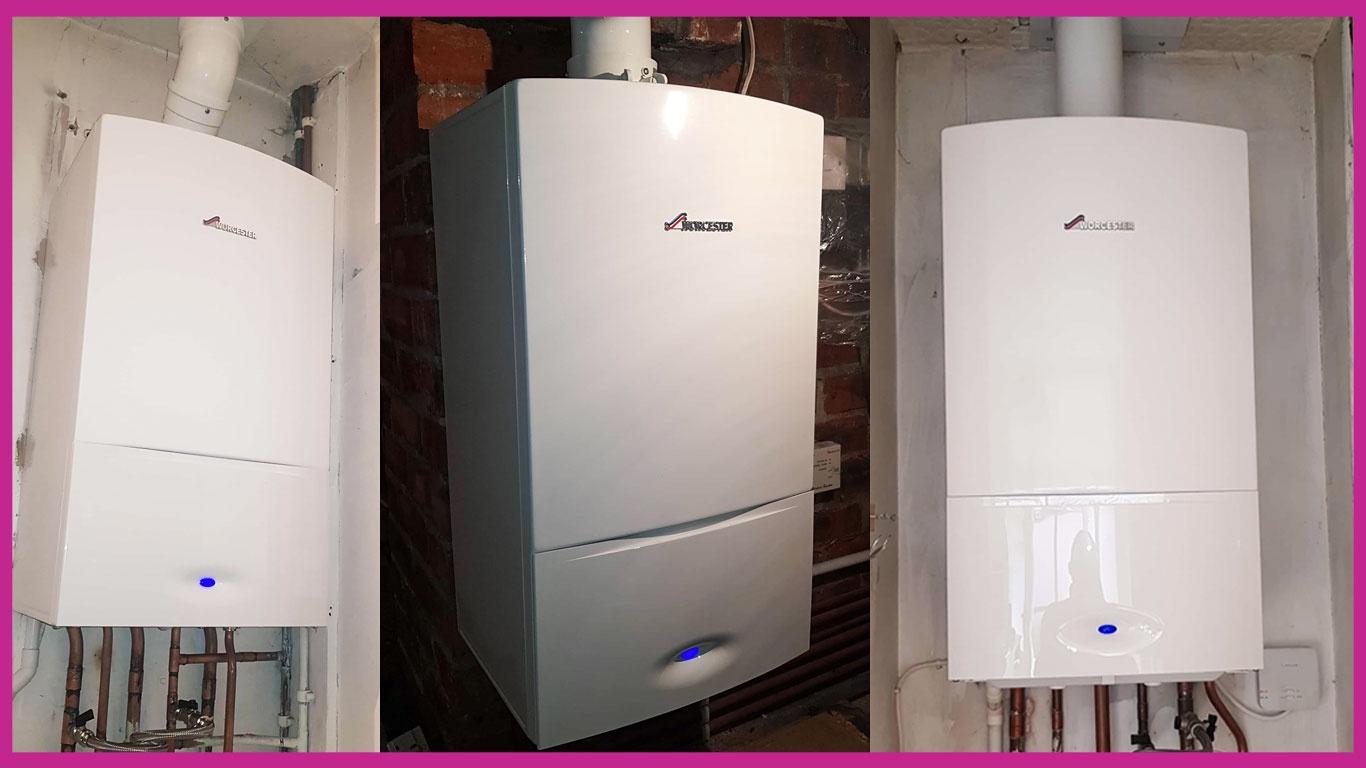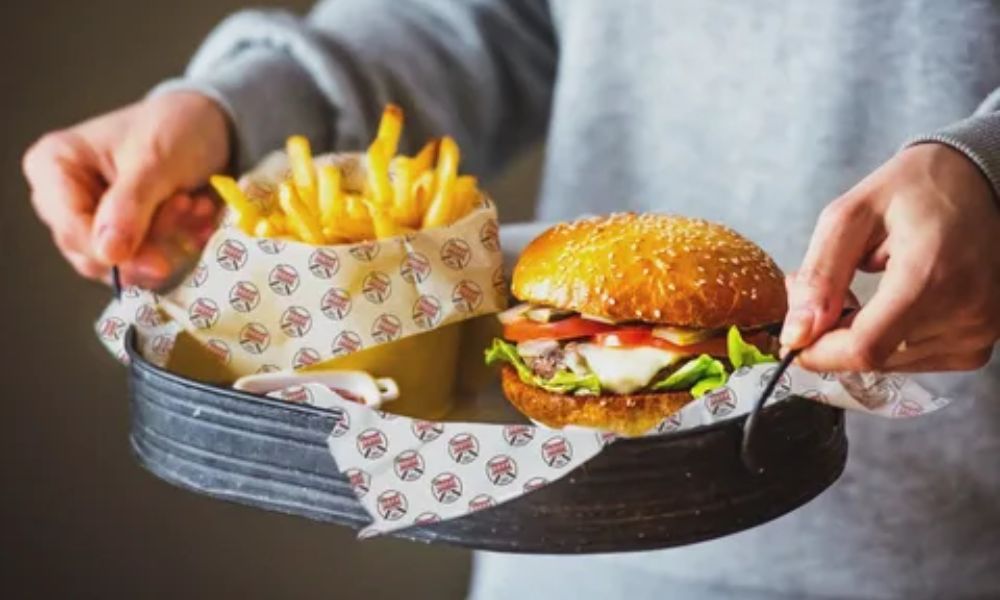In the fast-paced world we live in, our vehicles have become more than mere modes of transport; they are our daily companions on journeys both short and long. For many, especially in traditional and spiritual communities, ensuring that these journeys are safe and smooth is a matter of great importance. One way to seek divine protection and blessings for safe travel is through a vehicle puja, a ritualistic worship or prayer ceremony dedicated to safeguarding our vehicles. An essential vehicle puja kit is designed to make this process simple and effective. This article explores the significance of the vehicle puja kit, its components, and how to perform the puja to ensure peaceful and safe travels.
Why Perform a Vehicle Puja?
The concept of performing a puja for vehicles stems from various cultural and religious practices that seek divine intervention for safety and prosperity. In Hinduism, it is customary to perform puja for different aspects of life, and vehicles are no exception. The act of performing a puja is believed to invoke blessings from deities, ward off negative influences, and ensure a smooth and accident-free journey.
A vehicle puja is often performed on the day of purchasing a new vehicle, during festivals, or whenever there is a specific need to ensure a safe trip. The ritual not only helps in seeking divine protection but also instills a sense of peace and mindfulness among vehicle owners.
Components of an Essential Vehicle Puja Kit
An essential vehicle puja kit typically includes various items needed to perform the ritual. Each item in the kit has its own significance and contributes to the overall sanctity of the puja. Here are the common components found in a vehicle puja kit:
-
Kalash (Sacred Pot): The Kalash is a sacred pot filled with water, often decorated with mango leaves and a coconut on top. It symbolizes abundance and prosperity. Placing a Kalash in front of the vehicle during the puja is believed to invite divine blessings and remove obstacles.
-
Ganesha Idols or Images: Lord Ganesha, the remover of obstacles, is commonly worshipped during the vehicle puja. An idol or image of Lord Ganesha is placed near the vehicle to seek his blessings for a trouble-free journey.
-
Sindoor (Vermilion) and Kumkum: Sindoor and Kumkum are used in various Hindu rituals. They are applied to the forehead and on the vehicle as a mark of auspiciousness. They are believed to bring good fortune and protection.
-
Roli and Chandan (Sandalwood Paste): Roli (red powder) and Chandan are used for applying tilak (a mark) on the vehicle. They symbolize purity and are believed to attract positive energy.
-
Diya (Oil Lamp): Lighting a diya or oil lamp is an essential part of the puja. The flame represents the removal of darkness and ignorance, symbolizing the illumination of the path ahead.
-
Flower Petals: Fresh flowers or flower petals are offered during the puja as a mark of reverence and devotion. They are also used to decorate the vehicle and the puja area.
-
Incense Sticks and Camphor: Incense sticks and camphor are used to purify the surroundings and create a serene atmosphere. The fragrance of the incense and the flame of the camphor are believed to dispel negative energies.
-
Puja Thali (Plate): A puja thali is a decorative plate that holds the puja items like diya, incense sticks, flowers, and the offerings. It serves as the central piece of the puja setup.
-
Rice and Jaggery: Offering rice and jaggery during the puja is a traditional practice. These items are considered to be symbolic of prosperity and nourishment.
-
Prayers and Hymns: A booklet or printed sheets with prayers and hymns dedicated to vehicle protection can be included. Reciting these prayers during the puja is believed to invoke divine blessings.
How to Perform the Vehicle Puja
Performing a vehicle puja is a simple yet meaningful process. Here’s a step-by-step guide to help you carry out the ritual effectively:
-
Prepare the Puja Area: Choose a clean and serene spot where you can perform the puja. Place a clean cloth or mat on the ground and arrange the puja thali with all the necessary items.
-
Set Up the Kalash: Place the Kalash in front of the vehicle. Ensure it is filled with clean water and decorated with mango leaves and a coconut on top.
-
Worship Lord Ganesha: Place the idol or image of Lord Ganesha near the vehicle. Light the diya and incense sticks, and offer flower petals to the deity. Recite prayers and hymns dedicated to Lord Ganesha.
-
Apply Tilak: Use roli and chandan to apply a tilak on the vehicle’s front bumper or windshield. This is done to invoke divine blessings and protection.
-
Offer Rice and Jaggery: Offer a small amount of rice and jaggery on the vehicle’s dashboard or in a clean plate placed near the vehicle. This symbolizes prosperity and good fortune.
-
Perform Aarti: Hold the puja thali with the diya, and perform aarti (ritual waving of the lighted lamp) in front of the vehicle. Move the thali in a circular motion while chanting prayers.
-
Conclude the Puja: After completing the puja, distribute the prasad (offerings) to family members or keep it in the vehicle as a token of blessings. Ensure that the area is cleaned up properly.
Conclusion
An essential vehicle puja kit is a powerful tool for ensuring that your journeys are safe and blessed. By including sacred items and following traditional rituals, you invite divine protection and positivity into your travels. Whether you are embarking on a new vehicle purchase, preparing for a long journey, or simply seeking reassurance, performing a vehicle puja can bring peace of mind and spiritual comfort. Embrace this tradition and let it enhance your driving experience with safety and divine blessings.




